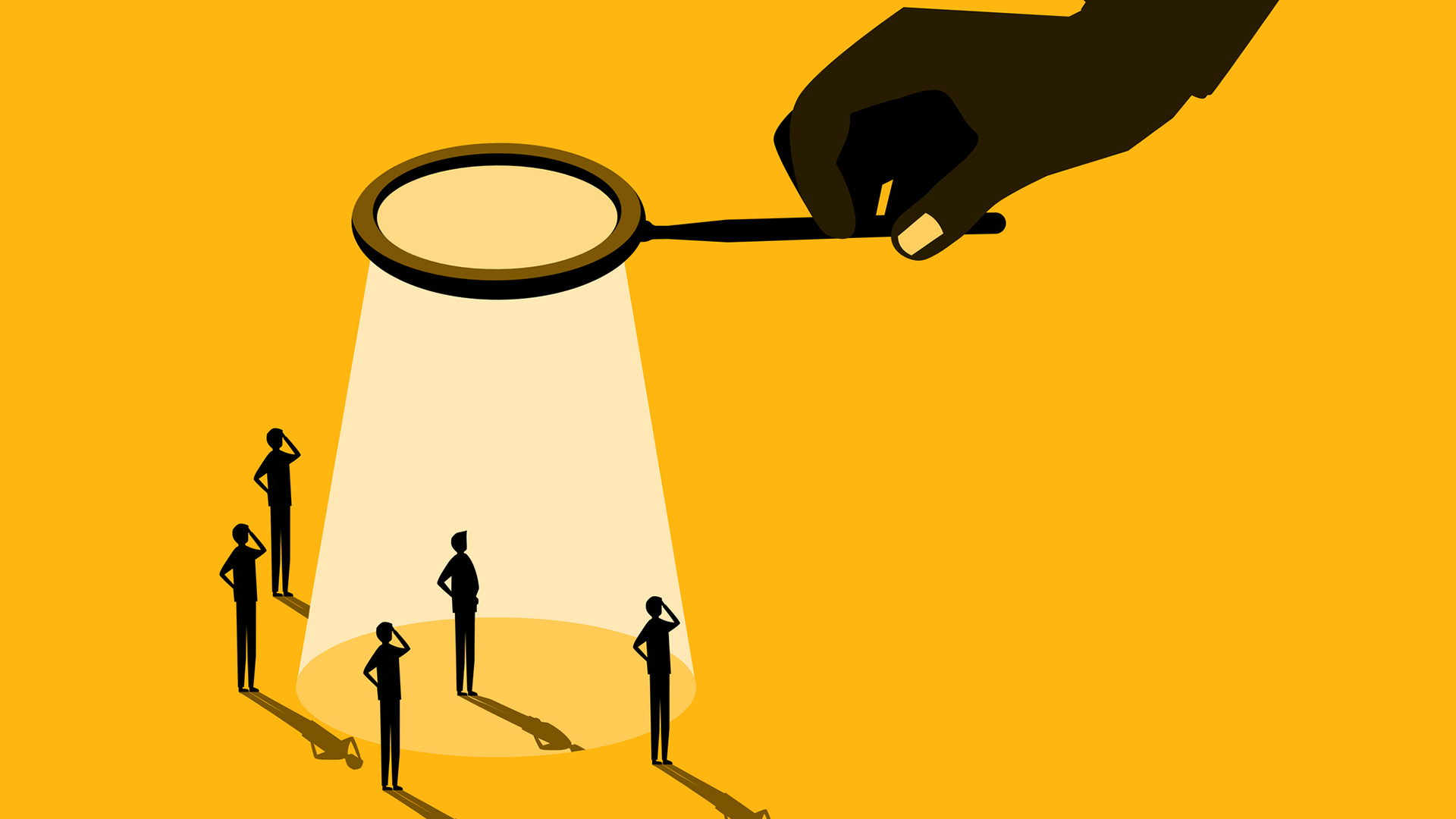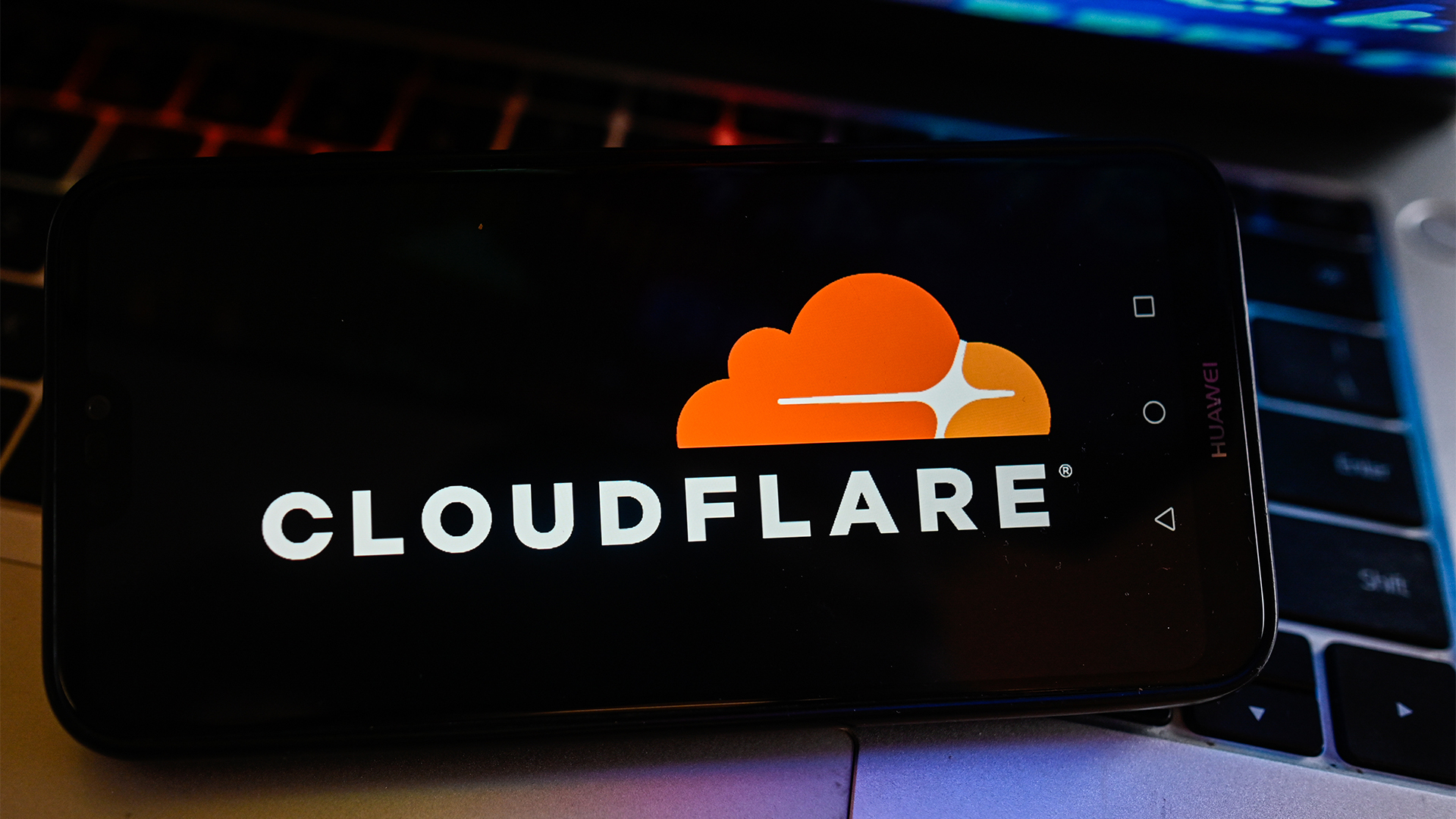There's a fine line between monitoring your workers and making them feel uncomfortable
Is bossware and employee monitoring technology ethical – and is it effective?

Employee monitoring is not new. Its origins can be traced back to the time and motion studies of the 19th century, if not to the start of the industrial revolution.
Even then, managers and business owners used the latest technologies to improve workers’ productivity. These included Frederick Taylor’s use of precise timing in the late 1800s, and Frank and Lilian Gilbreth’s pioneering motion picture techniques in the early twentieth century.
Whether workers found these methods intrusive is open to debate; certainly the trades unions opposed much of Taylor’s theory of scientific management. But at least those on the shop floor knew they were being watched and their performance measured.
Modern employee surveillance, on the other hand, can be carried out without workers’ knowledge, or consent. It is very easy for employers to monitor and measure knowledge workers’ activity, either through existing IT management tools, or through 'bossware’.
These systems can work in the background, monitoring anything from keystrokes to network traffic, when employees visit non-work websites, or even when they take a break.
Industry analysts Gartner calculated that the number of companies monitoring their employees doubled, to 60%, during the pandemic. The firm says that percentage has continued to rise, to around 70%. At the same time, more than a third of employees have not been informed about the data their bosses collect, or how it is used.
Watching you, watching me
More recent research, by the UK’s Chartered Management Institute, shows that little has changed. The organization found that more than a third of British companies use bossware to monitor home or remote workers.
Sign up today and you will receive a free copy of our Future Focus 2025 report - the leading guidance on AI, cybersecurity and other IT challenges as per 700+ senior executives
Employers carried out a wide range of checks, including measures that staff would view as intrusive. As many as 39% of firms tracked when staff logged in or out, 36% looked at browsing history, and 35% read emails.
Some went much further, logging keystrokes, looking at screen activity or even using screenshots to track productivity. The survey, though, primarily looked at knowledge workers.
In other industries, such as retail and banking, employers go further still, using CCTV cameras or even biometric security measures to record what their staff are doing and where they are going. And this type of surveillance could well increase, as managers look to AI tools to interpret the vast volumes of data monitoring creates.
The bossware market is already extensive. Vendors might be wary of the term bossware and prefer ‘employee monitoring’ or ‘productivity monitoring’. Either way, key players include Teramind, Hubstaff, Time Doctor and Veratio. Each have different features, such as GPS tracking, screenshotting, or the ability to monitor webcam audio and video.
Some of these features offer benefits to employees and employers. GPS tracking, for example, is useful and widely accepted for analyzing vehicle usage and for preventing theft. GPS also improves safety for lone workers. On the other hand, employers controlling a webcam or microphone, especially on a device in the worker’s home, raises ethical and trust issues, as well as legal questions.
I fought the law
The Electronic Frontier Foundation (EFF), which coined the term “bossware”, argues this is a growing problem. Many employee monitoring applications are designed to work in the background, without workers knowing they are being watched, or having to give consent.
The EFF divides the workplace surveillance market into visible and hidden surveillance applications. Then there are general-purpose surveillance packages, often designed for parents to use to monitor their kids’ activities, that can also be used in the workplace. Some vendors offer both visible and “silent” monitoring packages. (The EFF carried out a comprehensive study of the market, although this is now over five years old).
And then there are other technologies that can harvest surprising volumes of data about what employees are doing.
“A lot of data is already being collected, for example by Microsoft,” Kai Roer, an expert in organizational behavior and security culture and founder of Praxis Security Labs, told ITPro. “There is no need for other or client-side monitoring for many tasks. Instead, pull the data from GraphAPI.”
Other legitimate monitoring means that there is plenty of surveillance already running on networks and employees’ devices even if businesses have not bought explicit bossware packages. This includes software for data loss prevention or security analytics.
As Roer points out, today’s IT-based working patterns have also removed the natural monitoring – by peers and bosses – that was part of society even in pre-industrial times. If a villager failed to pull their weight growing crops, others in the group would punish them. If an industrial age worker slacked on the production line, the foreman, if not colleagues would spot it.
“Instead of hunting an animal or growing crops, we send emails, sit in meetings and look at excel spreadsheets,” says Roer. “This abstract work means it is much harder to check the output – are you actually pulling your weight.”
Today’s employers pay employees for a certain amount of their time, he adds, “with expectations that the time commitment will yield output. That works in a factory production line, but hardly if you are an office worker or a knowledge worker.” The problem becomes harder still, when employees work away from the office. This explains the rapid rise in bossware during the pandemic.
If businesses want to use monitoring technologies, though, they need to do so in keeping with national employment and data protection laws. In the UK, monitoring is legal, but it needs to be “necessary, proportionate, and serve a legitimate purpose”, according to the law firm Taylor Rose.
Employers need to set out what they are monitoring, how they do it, and how they will use the data; employees should also know their rights. Firms must also make sure that, even where technology allows intrusive surveillance, they do not over reach. And they need to avoid indirect discrimination, for example against those with disabilities.
But bosses also need to decide whether monitoring will be effective in improving productivity. Some two in five managers surveyed by the CMI thought surveillance didn’t actually work, and instead reduced morale. Creating trust between managers and workers can be more effective.
“My recommendation is always communication,” recommends Roer. “Instead of ‘secretly’ monitoring performance, teach line managers to build a culture of performance.”
-
 A massive Cloudflare outage has taken down X and OpenAI – and even bricked outage tracker site Downdetector
A massive Cloudflare outage has taken down X and OpenAI – and even bricked outage tracker site DowndetectorNews Web users trying to access X, OpenAI, and creative design platforms have been affected by the Cloudflare outage
-
 Gartner says ‘AI will touch all IT work’ by 2030, and admins face a rocky road to adapt
Gartner says ‘AI will touch all IT work’ by 2030, and admins face a rocky road to adaptAnalysis Training and reskilling will be critical for IT teams as an influx of AI tools transforms operations.